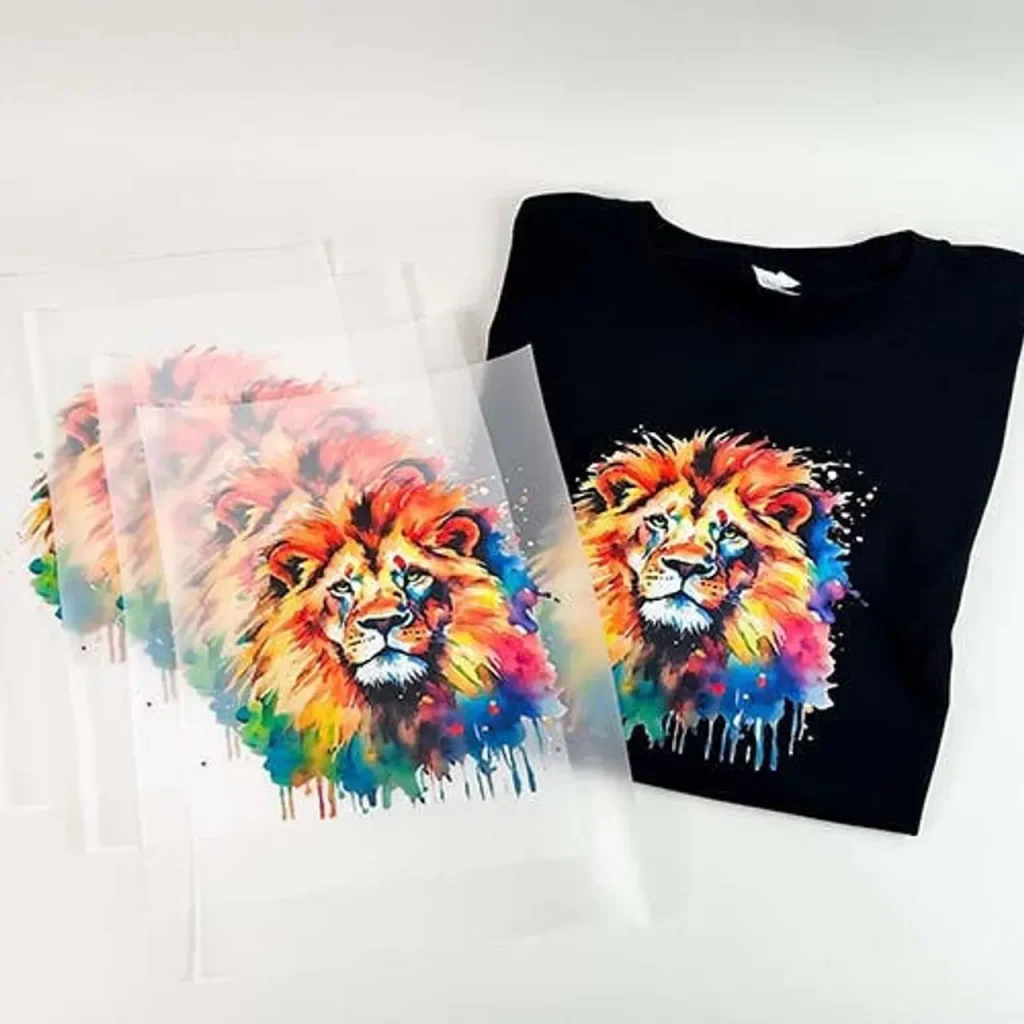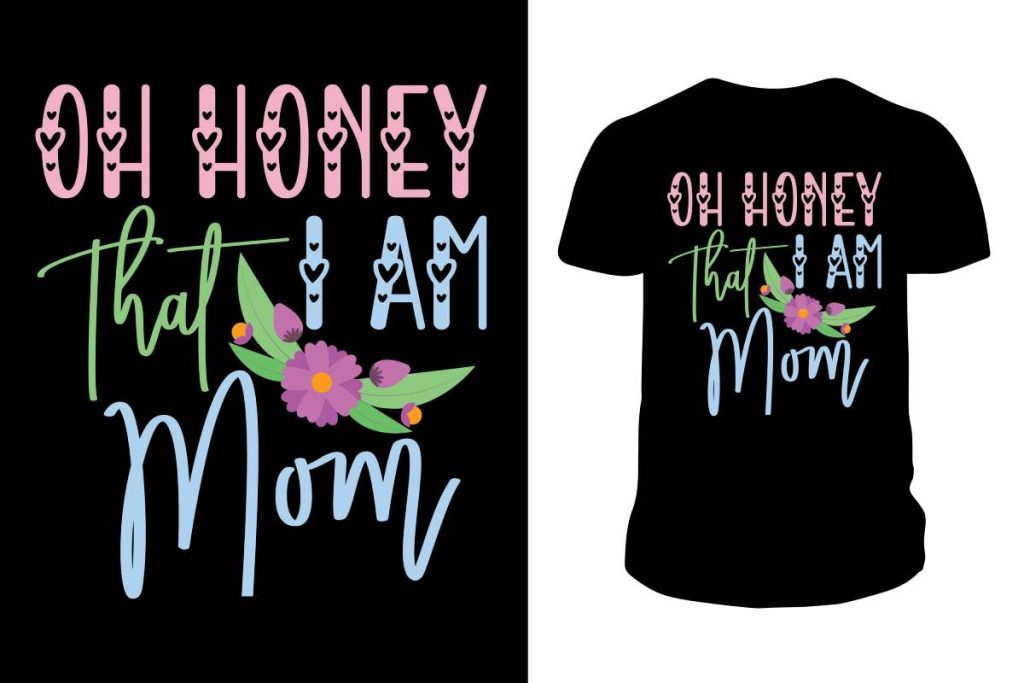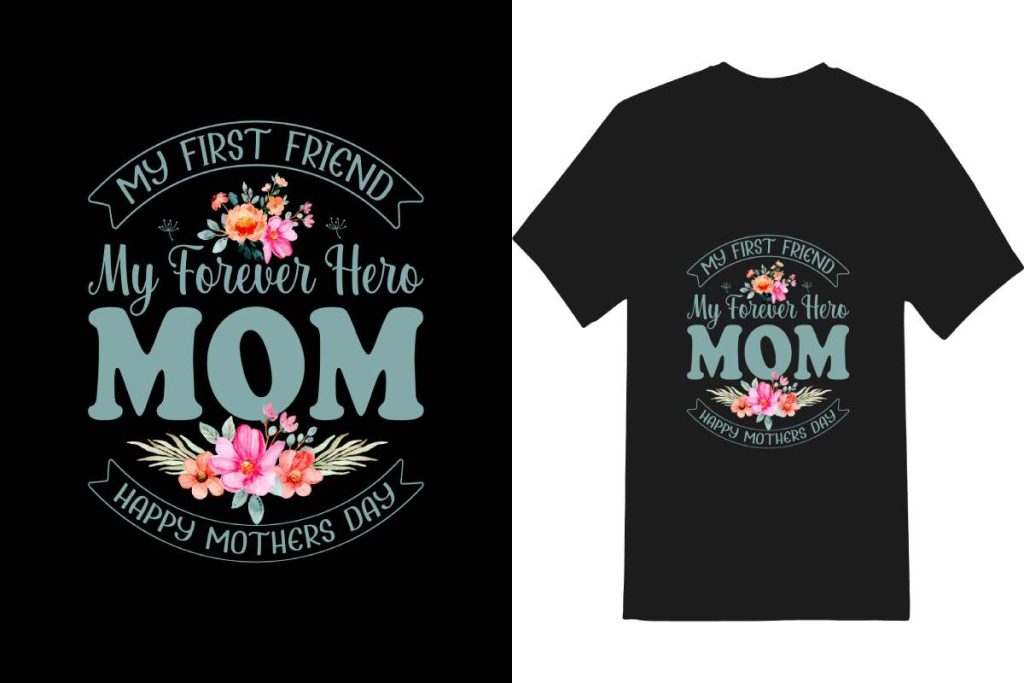DTF transfers, or direct-to-film transfers, have revolutionized the custom apparel industry by providing a compelling solution for innovative printing techniques. This process allows for rich, detailed artwork to be seamlessly applied to a variety of garments, making it a favorite amongst small businesses and apparel decorators alike. With the rise of DTF printing, entrepreneurs can now enter the market with ease, leveraging sustainable printing practices that appeal to environmentally conscious consumers. Utilizing this heat press technique, designers achieve high-quality prints that are resistant to cracking and fading, ensuring longevity in their creations. As the demand for personalized fashion grows, understanding DTF technology becomes crucial for those looking to make their mark in the ever-evolving world of custom apparel.
In the realm of custom garment decoration, direct-to-film applications are gaining traction for their efficiency and versatility. These transfer methods allow intricate designs to be printed on special films, which can then be easily heat-pressed onto various textiles. The growing popularity of film-based printing techniques reflects a broader trend toward personalized clothing and unique fashion statements. Additionally, with advancements in eco-friendly inks and printing technologies, businesses are embracing these innovative methods to meet consumer demand for sustainability. As more creators and small brands harness the power of these film transfers, the landscape of custom printing continues to expand and evolve.
What Makes DTF Transfers Stand Out?
Direct-to-film (DTF) transfers have rapidly become a favored choice for custom apparel decorators due to their unique characteristics. Unlike traditional methods like screen printing, DTF allows for intricate designs to be printed with unparalleled detail, making it an ideal solution for creating personalized items. Throughout the process, designs are crafted using specialized inks that are not only vibrant but also durable, ensuring that the finished product captures the original artwork’s essence.
Moreover, DTF transfers provide substantial flexibility when it comes to the types of fabrics that can be used. Whether you’re printing on cotton, polyester, or even blends, DTF technology accommodates a wide range of materials. This versatility opens up opportunities for small business owners to explore new product offerings, catering to diverse customer preferences while demonstrating the capabilities and advantages of this innovative printing technique.
Cost-Effectiveness of DTF Transfers
One of the foremost benefits of DTF transfers lies in their cost-effectiveness. Unlike traditional printing methods that often require hefty upfront investments for setup and materials, DTF allows businesses to produce smaller batches of custom apparel at lower costs. This makes it an excellent option for startups and small-scale operations looking to enter the competitive market without a significant financial burden.
Additionally, with DTF transfers, the absence of minimum order requirements means designers can easily cater to niche markets. This ability to produce high-quality customized items without substantial commitment encourages creativity and experimentation, allowing businesses to explore different designs and trends without the risk of surplus inventory.
Eco-Friendly Innovations in DTF Technology
As the fashion industry increasingly turns towards sustainability, DTF technology has adapted to meet these demands with eco-friendly innovations. Recent developments have seen the integration of environmentally conscious inks that significantly reduce the ecological footprint of DTF printing. These inks not only meet the aesthetic demands of customers but also appeal to the growing consumer base prioritizing sustainability.
Investing in sustainable printing solutions positions businesses as forward-thinking and responsible in the eyes of the public. This alignment with eco-friendly trends can result in increased brand loyalty among customers who value sustainability, thereby enhancing a company’s competitive advantage in the custom apparel market.
Trends Shaping the DTF Printing Market
With the rising popularity of custom apparel, the DTF printing market is experiencing notable trends that shape its future direction. One key trend is the enhanced consumer demand for personalization, driving many printing shops to adopt DTF technology as it allows for rapid production of unique designs. This shift not only caters to individual tastes but reinforces a strong market presence for businesses that pivot towards customization.
Furthermore, the expansion of educational resources surrounding DTF printing is instrumental in lowering entry barriers for newcomers. Workshops, online courses, and step-by-step tutorials empower aspiring printers to acquire the skills necessary to excel in the industry, fostering an environment of informed and capable participants eager to explore the creative potential of DTF technology.
Overcoming Challenges in DTF Printing
While DTF printing offers numerous advantages, there are inherent challenges that new entrants must navigate. One significant barrier is the initial investment in quality printing equipment, which can be intimidating for those just starting their journey. To mitigate this risk, experts often recommend beginning with entry-level machines and gradually scaling up as proficiency and demand grow.
Another obstacle is mastering the heat press technique, which is crucial for achieving optimal print quality. Improper temperature or pressure settings can result in poor adhesion, leading to dissatisfaction among customers. Investing time in training or workshops focused on perfecting these skills can greatly enhance the quality of products and reduce the likelihood of errors during production.
The Future of Custom Apparel with DTF Technology
Looking ahead, DTF technology is poised to revolutionize the landscape of custom apparel printing. As market demand continues to surge, further innovations in printing technology, including enhanced software solutions and improved printer capabilities, are anticipated. These advancements will make it easier for users to achieve high-quality results quickly, ensuring that production timelines keep pace with consumer expectations.
The future of DTF printing also aligns neatly with the trend of sustainability. As businesses increasingly prioritize eco-friendly practices, we can expect a greater emphasis on using sustainable materials and processes in the DTF printing workflow. This union of quality and environmental responsibility will likely attract a larger audience, setting the stage for a thriving ecosystem that benefits both producers and consumers.
Frequently Asked Questions
What are DTF transfers and how do they work?
DTF transfers, or direct-to-film transfers, involve printing designs onto a special film using eco-solvent or pigment inks. This film is then coated with a hot-melt adhesive powder. By applying heat through a heat press technique, the design adheres to various fabrics, resulting in vibrant, durable prints suitable for custom apparel.
What are the advantages of using DTF technology for custom apparel?
DTF technology offers several advantages for custom apparel, including cost-effectiveness, versatility with various fabric types, and high print durability. This method allows for short production runs, reducing setup costs and enabling unique designs without compromising quality.
How does DTF printing differ from traditional printing methods?
DTF printing differs from traditional methods such as screen printing or direct-to-garment printing by allowing for more intricate designs and fabric compatibility. DTF transfers provide a flexible, efficient solution for small print runs and are particularly valued for their vibrant outputs and durability.
What materials are compatible with DTF transfers?
DTF transfers are compatible with a variety of materials, including cotton, polyester, and blended fabrics. This adaptability makes DTF printing an appealing choice for apparel decorators looking to expand their product offerings across different fabric types.
How can I ensure the quality of my DTF prints?
To ensure high-quality DTF prints, mastering the heat press technique is crucial. Proper heat application, along with the use of quality inks and films, can significantly enhance adhesion and print vibrancy. Training and practice are highly recommended for optimal results.
What should I know about sustainability in DTF printing?
Sustainability is increasingly important in DTF printing, with many manufacturers now offering eco-friendly inks. These sustainable printing options help reduce ecological impact while appealing to consumers who prefer ethical products, aligning with the growing trend towards environmentally conscious purchasing.
| Key Points | Details |
|---|---|
| Understanding DTF Transfers | Involves printing designs onto special film, coated with hot-melt adhesive, and heat-pressed onto garments. |
| Advantages | Cost-effective, compatible with various materials, and durable prints that resist wear and fading. |
| Innovations | Improvements in printer efficiency, color accuracy, and eco-friendly inks improving market appeal. |
| Market Trends | Increasing consumer interest in personalized items has led to more print shops adopting DTF technology. |
| Challenges | Initial equipment investment and mastering heat press techniques can be daunting for newcomers. |
Summary
DTF transfers are revolutionizing the custom printing landscape, offering unique and vibrant printing solutions for apparel decorators and small business owners. This innovative method stands out due to its cost-effectiveness, versatility in fabric compatibility, and the durability of prints. As the market for custom apparel grows, understanding the dynamics of DTF transfers, including recent innovations and market trends, becomes crucial for aspiring entrepreneurs. Those who remain informed and embrace the potential of DTF printing can leverage its strengths to build successful ventures in this dynamic industry.



